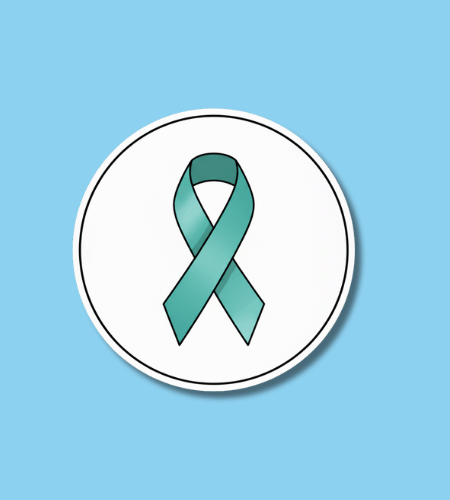World Allergy Awareness Day is observed on October 16 each year. It’s a day dedicated to raising public understanding about allergies, their impacts, how to manage them, and the challenges faced by people living with allergic conditions.
History of World Allergy Awareness Day
This observance was created by the International Association for Asthma and Allergy Awareness (IAAA) around 1999, with the aim of spotlighting the prevalence of allergic diseases, dispelling myths, and promoting better care. Over time, distinct from “World Allergy Day” (celebrated July 8) which is a joint effort of the World Allergy Organization (WAO) and World Health Organization (WHO), the October 16 observance focuses more on awareness, education, and public engagement for allergies broadly. 1
Throughout its history, the day has served as a platform to encourage media coverage, public talks, informational campaigns, and social media activity. It helps bring allergy issues—from mild seasonal rhinitis to life‑threatening anaphylaxis—into everyday conversations.
Why is World Allergy Awareness Day important?
Allergies affect a large portion of the global population, and yet many of their symptoms and risks are misunderstood or underestimated. World Allergy Awareness Day helps bridge that gap, reminding individuals that allergic conditions are real, sometimes serious, and worthy of medical attention and respect.
In addition, this day highlights the importance of accurate diagnosis, avoidance strategies, emergency preparedness (such as carrying epinephrine when needed), and policy changes—especially around labeling, environmental exposures, and access to care. By amplifying the voices of people with allergies and professionals in the field, it encourages better infrastructure in schools, workplaces, and public places.
- It brings public attention to the prevalence and seriousness of allergies
- It promotes better education about allergy triggers, symptoms, and management
- It encourages individuals to seek proper diagnosis and medical supervision
- It supports community, advocacy, and shared understanding among those affected
- It motivates policy and environmental changes to reduce allergen exposure.
How to Observe World Allergy Awareness Day
On this day, health organizations, allergy clinics, schools, and community groups can host events—webinars, talks, screening camps, and Q&A sessions with allergists. Distribute accurate informational materials, myth‑busting content, and infographics to help people understand allergies better.
At a personal level, you can take steps to become more allergy aware: review your own symptoms, consult an allergy specialist if needed, learn to read ingredient labels carefully, prepare an allergy action plan, and share what you learn with family or friends. Use social media to spread fact‑based awareness—share tips, stories, and credible resources with hashtags like #WorldAllergyAwarenessDay. Encourage local establishments (restaurants, schools, workplaces) to adopt allergy‑friendly practices.
- Attend or host an educational talk or webinar on allergies
- Share verified allergy facts, resources, or myths vs. reality posts
- Get or update an allergy test or consultation if you experience symptoms
- Advocate locally for clear labeling, allergen safety, and supportive practices
- Create or review an allergy action plan (for yourself or a loved one).
World Allergy Awareness Day Dates Table
| Year | Date | Day |
|---|---|---|
| 2025 | October 16 | Thursday |
| 2026 | October 16 | Friday |
| 2027 | October 16 | Saturday |
| 2028 | October 16 | Monday |
| 2029 | October 16 | Tuesday |
- https://www.cacareassociation.org/news-and-resources/news/allergy-facts-and-fiction-celebrating-world-allergy-awareness-day[↩]
Subscribe to our newsletter and never miss a holiday again!

